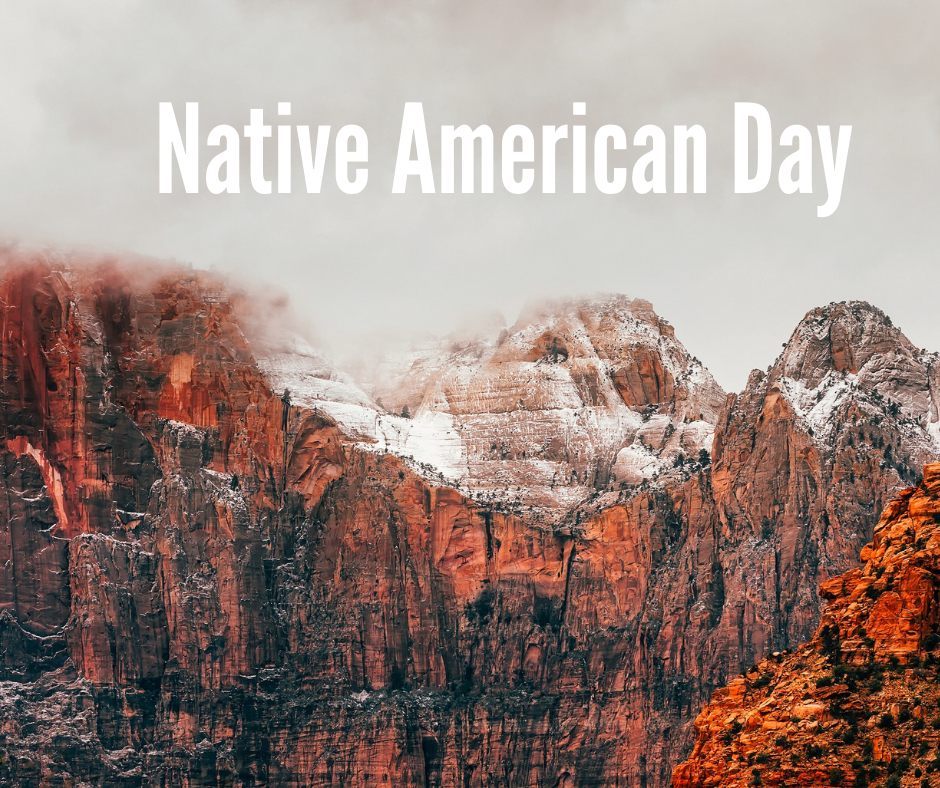Today is Native American Day, as observed in California and Nevada. We take this day to acknowledge and thank the indigenous communities whose land we are on. We acknowledge our history of oppression that continues in the systemic racism that plagues our nation. We celebrate the rich culture of our Native American communities and incredible leaders who safeguarded our shared values. Rideshare2Vote is taking the day to detail the struggles many Native American communities face in voting.
Native Americans are 51% less likely to vote than non-Hispanic white voters. They are consistently less than any other ethnic group. But they want to vote, and when they do, they can have a considerable impact. States with large Native American populations are generally purple or red, and where the Native American vote can make a huge difference. The Native American Vote helped win Wisconsin, Arizona, and New Mexico. So when we get Democratic Senators in red states like Montana or the Dakotas, we can typically thank Native Americans.
So, why is Native American turnout so much lower than the general population? Well, they can face incredible obstacles to vote, especially when living on a reservation. They can face geographic isolation, poor roads, lack of internet access, housing insecurity, lack of residential addresses, and lack of voter ID.
Those who live on-reservation often do not have a residential address. Tribes may give descriptive addresses or P.O. boxes in lieu of residential addresses. Native Americans also may have a tribal ID rather than a state ID. A tribal ID may not include a residential address and is generally not accepted for online registration and is often not compliant with voter ID laws. Furthermore, less than half of reservations have reliable broadband access.
Native Americans also do not typically receive mail at home. They may have a P.O. Box, but this can be tens of miles away and require a full-day trip. The US Postal Service does not deliver to most reservation residents due to roads being largely unimproved dirt or gravel roads. Native Americans are accustomed to receiving mail late or not at all and may check the mail only once or twice a month because of the effort it requires.
Restrictions on allowing third parties to collect ballots on a reservation and transport them to a dropbox can also negatively affect the ability to get out the vote in these communities. In addition, it may be more challenging to acquire documents like a birth certificate that allow you to register to vote.
Native Americans face a multitude of barriers to voting, but they are a critical voting bloc, especially if Democrats wish to win in states like Montana, Arizona, and New Mexico. Unfortunately, we tend to neglect the Native American vote and its potential impact on our elections.
In order to protect the Native American vote, we must advocate for less strict voter ID laws, or to end them altogether, mandate polling places on reservations, remove the physical address requirement to register, allow third parties to collect ballots and drop them off, and increase outreach to tribal communities to draw them into the process.
Rideshare2Vote believes that everyone who wants to vote should be able to, which is why we are dedicated to eliminating transportation as a barrier to voting. No one should be prevented from voting by a lack of transportation.
by Betsy Zalinski

